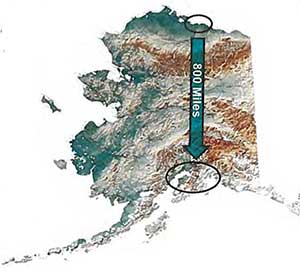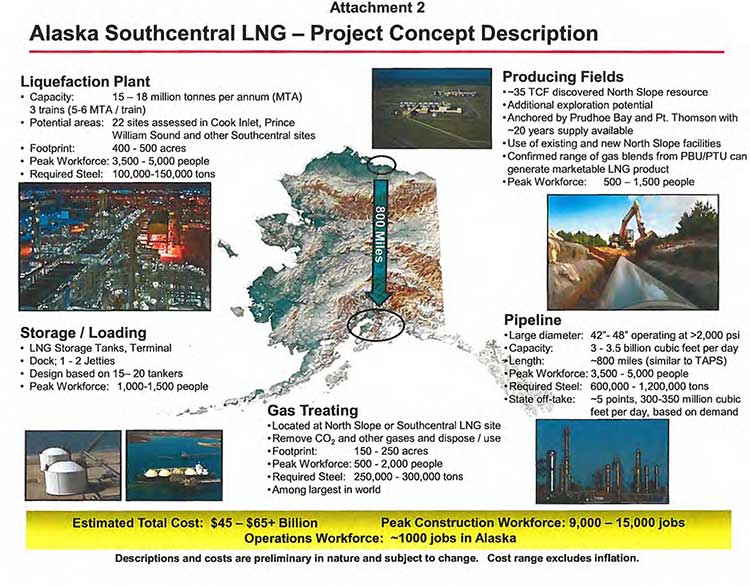Both the Conservative government of Stephen Harper and Enbridge Northern Gateway have “poisoned the well” against industrial developers in the northwest of BC and that is increasing resistance to all projects, Skeena Bulkley Valley MP and NDP House Leader told reporters Thursday, February 14.
Cullen was speaking during a regular conference call held with northwest BC media and was promoting his current Renewal Northwest tour of the riding.
“[There is a] huge amount of investment in the northwest,” Cullen said. The Renewal Northwest tour, he said, is intended to “bring the public into it, knowing good from bad, right from wrong.because some of these projects that will be excently suited for the northwest and others pose far too many risks. And how do you make that decision?”
“It’s a conversation a lot of people have been itching to get at.” Cullen said because in northern British Columbia a significant number of people have resisted development, whether it’s the proposed Northern Gateway pipline or fracking in the Sacred Headwaters of the Skeena, Stikine and Nass Rivers.
“Once you get past the conversation of what you don’t want, comes the conversation of what we do want.” Cullen said. “That means good jobs that fit in with our local ecology and our own values. It’s never been really been brought altogether.”
“To be honest most of the developers I talk to, most ofthe people looking to do mining or a gas pipeline or some other project are also looking for those same guidelines. What is it that the northwest wants? How is it that we can the social licences we call it to operate here?
“I’ve spoken to a number of these proponents and a lot of them realize that the well has been poisoned in part by the Harper government who has tried to bully people and call them names and shut down their voices. People get their backs up when they do that. It’s won them no friends.” Cullen said.
“In the case of Enbridge, a lot of those proponents will privately talk to you about how much harder it is to have a conversation in a community after Enbridge has been through town and offended people or just presented something in such a way that people get very resitant.
“I think that there has to be some repair work that has to be done. People do not have faith in the Harper government to protect some of these other values.
“Some of these companies have an up hill struggle based on recent community experience from which the likes of Enbridge has made them quite aware.
“A lot of them are picking up best practices.which is ‘don’t do what Enbridge did,’ do something smarter, more inclusive, and less abrasive. So people are learning there’s a path. We just have to describe what that path looks like.”
(An executive of one company planning an LNG development told Northwest Coast Energy News some months ago, “We’re looking at what Enbridge did and doing the opposite.”)
On the other hand, Cullen believes Enbridge is continuing to go in the opposite direction.
“Enbridge has been learning from the Harpter government doing these omnibus revisions to their pipeline and routing plans, dumpng huge amounts of paper, including increasng the amount of bitumen increasing the threat. All the time the federal government doesn’t seem to mind, Consistently British Columbia residents remain opposed and consistently opposed, with very at all supportive, I think the last poll had 11 per cent strongly support the project.”
Cullen was asked about reports, first from PostMedia News Scientist calls new confidentiality rules on Arctic project ‘chilling’ and later on CBC Canadian federal research deal ‘potentially muzzles’ U.S. scientists
that the Harper government is moving beyond trying to control information released by scientists who are government employees to any scientist who may work alongside those scientists or participate in a federally sponsored research project.
“This is a continuation of a pattern from this government, they are now trying to muzzle people , they don’t actually control and folks are resisting cause it goes against every princple of what good science is you put it out into the public sphere for debate and learning,” Cullen said. “It shows that the government isn’t interested in those facts.
“So it gets worse and worse. It goes back to an earlier question about what it’s like to work in the northwest , the well is poisoned by the Harper government when it comes to any of these questions because thy do things like this and people lose any confidence that the government’s impartial. Well, it’s obviously not, It’s only looking for one answer with anything to do with oil and gas in particular. Anyone who presents anything like science or evidence to the contrary is just shut down and muzzled and I am glad to see the scientific community shows backbone and resists.”








